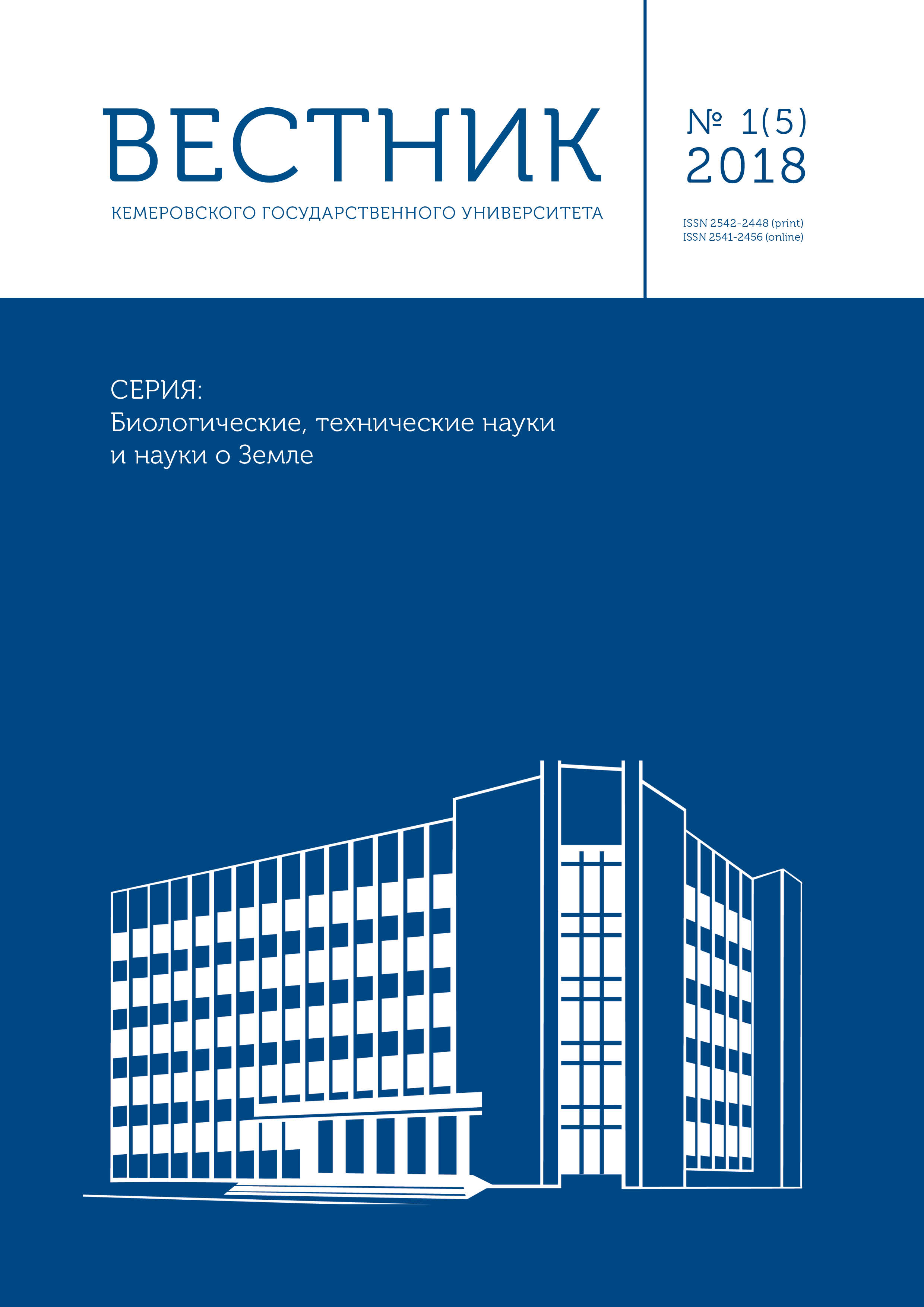The article deals with the flushing intensity and the volume of 5-hour duration mudflows with the highest discharge of suspended sediments of rivers.
In the Great Caucasus, mudflows originate mainly as a result of the accumulation of weathering products, storm precipitation, the occurrence of sudden pulsation movements, and produce a destructive effect.
Reliability of the comparison of mudflow origin depends mainly on surface flushing and its granulometric composition. This indicator is an objective average value of the combination of the influence of natural factors on the formation of mudflows, which makes it possible to predict a large one. On the northeastern slope of the Greater Caucasus, the granulometric composition of the mud deposits in the amount of 0,005–0,01 mm is 11–54 % in June, 15–59 % in July, 0,2–80 % in August; and for those over 100 mm it is 2–48 % in June, 3,45 % in July and 10–44 % in August. On the southern slope, the granulometric composition of the mud deposits in the amount of 0,005–0,01 mm and 100 mm in July prevails over the mudflows of the northeastern slope. An analysis of the granulometric composition of the mud deposits on the northeastern slope of the Greater Caucasus shows that the mudslides happen at the flood level near rivers. Here, the disturbance coefficient of the river basin mudflow is 0,03–0,59, the slope of the rivers is 15,1–186 ‰, and the mudflow volume is 6840–32400 tons.
surface wash off, granulometere, products of weathering, longitudinal profile of rivers















